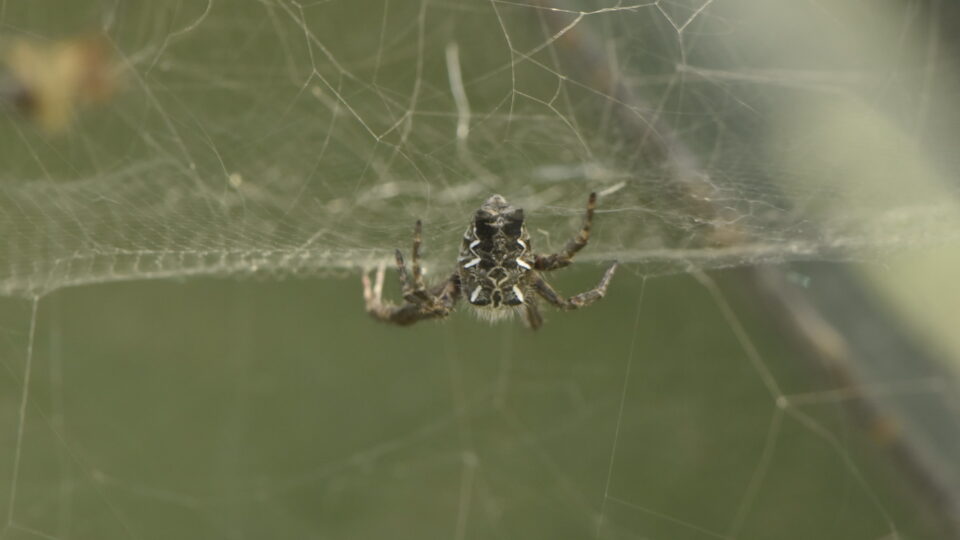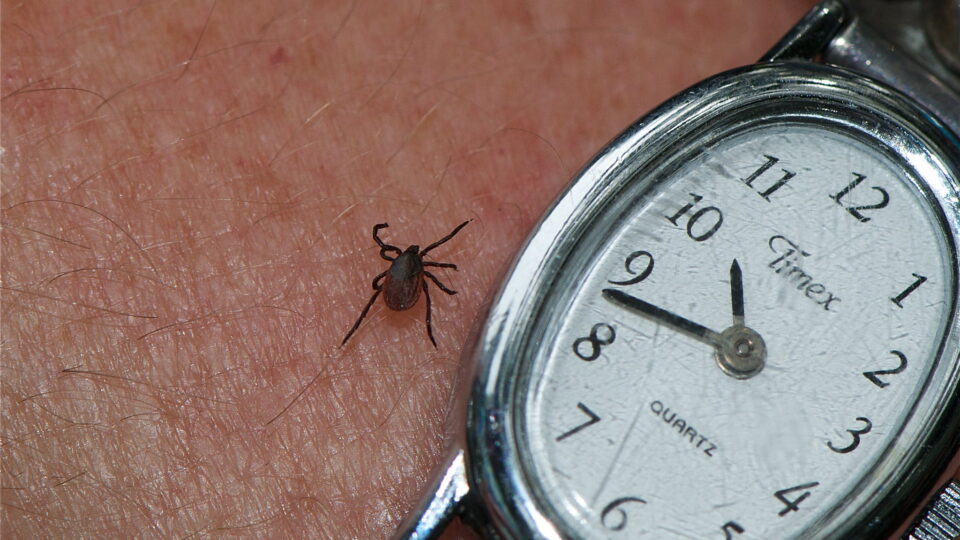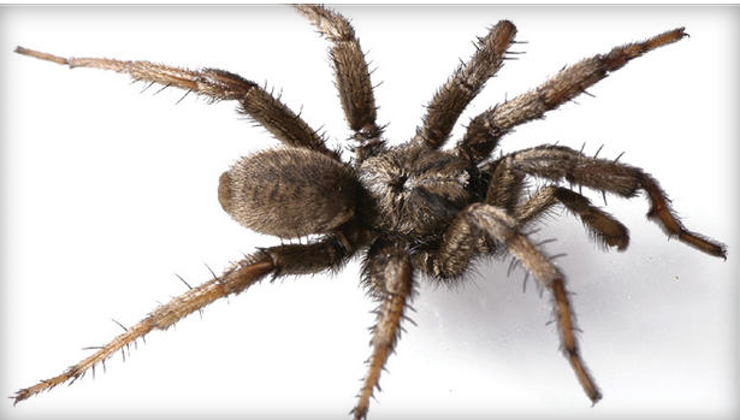Climate change facilitates the spread of invasive pest species by expanding their habitable environment ranges. In conventional agriculture, farmers depend on chemical pesticides to control agricultural pests. But 99% of all synthetic chemicals, including pesticides, are made from fossil fuels, and turning petrochemicals into pesticides requires massive amounts of energy. These chemical pesticides also pollute the air and water, and destroy biodiversity by killing many non-target species as well.
According to new research led by scientists from the University of Portsmouth in the U.K., groups of spiders could be used as an environmentally-friendly way to protect crops against agricultural pests. The study, which was recently published in the journal Insects, suggests that web-building groups of spiders can be used to control populations of the tomato leafminer moth, a devastating pest of commercially important crops like tomatoes and potatoes.
The research team explored the use of tropical tent spiders for this pest control. They are found in colonies around the world, and their range overlaps with regions of moth infestations, including Mediterranean Europe, Africa, Asia, and the Middle East.
In lab settings, different types of prey were introduced to colonies of spiders of varying body sizes. The research team found that the larger spiders built larger webs and caught more prey, including tomato leafminer moths and fruit flies.
Tropical tent spiders could be an effective and climate-friendly way to control flying insect pests. However, more research is needed to ensure that these spiders don’t negatively impact crop pollination by also catching pollinators.
**********
Web Links
Using spiders as environmentally-friendly pest control
Photo, posted June 10, 2018, courtesy of Lies Van Rompaey via Flickr.
Earth Wise is a production of WAMC Northeast Public Radio




